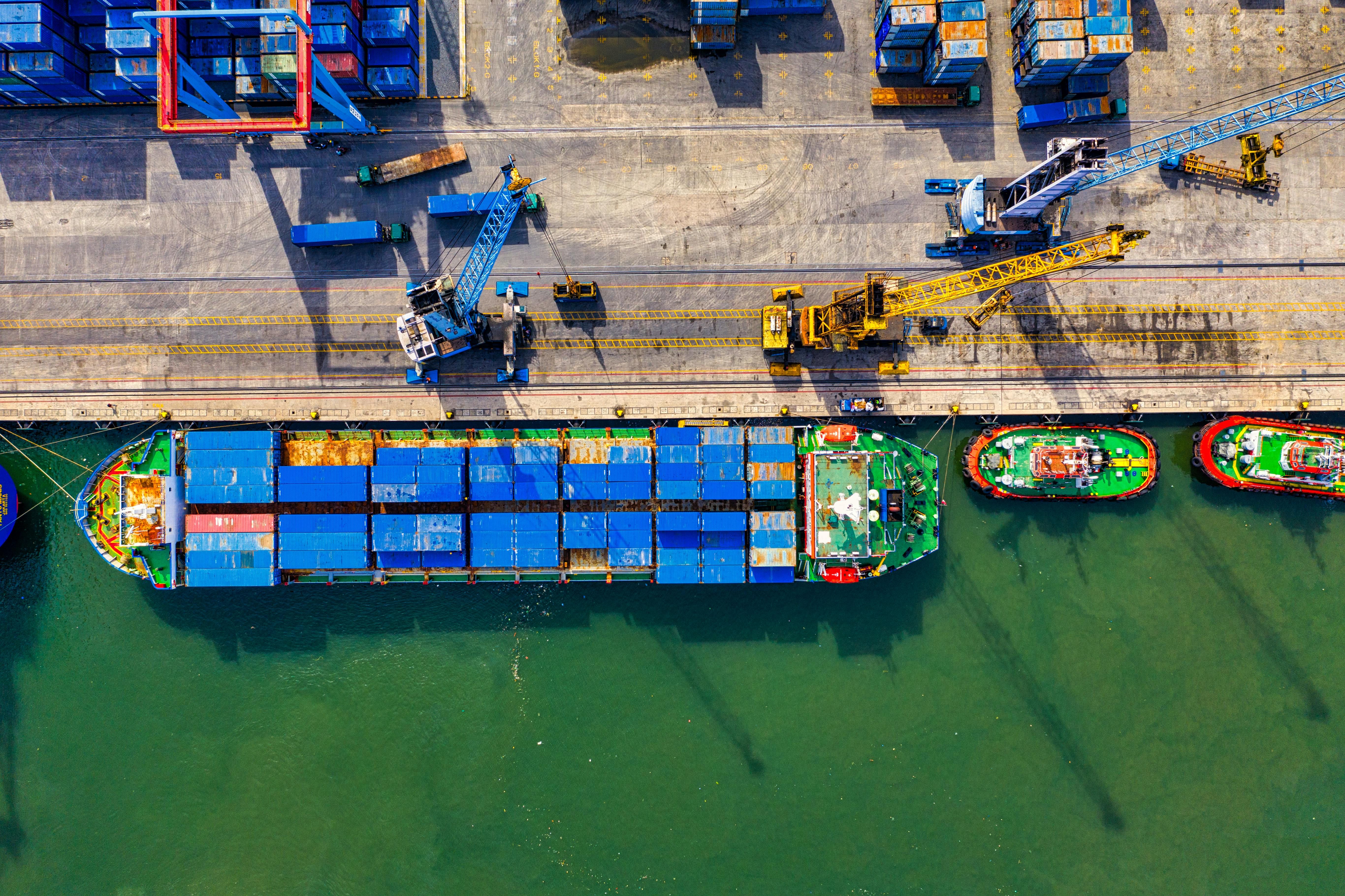The UK-India Trade Deal: Tariffs are falling. Demand Is rising. Time to act

Food & Drink Exporters Association (FDEA) Director Sandra Sullivan MBE on what the recent trade deal between India and the UK might mean for British food & drink producers interested in export.
The UK has signed a long-awaited free trade agreement with India—and it’s a big one. After years of negotiations, the deal was signed in late July 2025 opening up huge new opportunities for British exporters in food and drink to India’s massive and growing market.
So, what’s in the deal? In short, tariffs are coming down, barriers are easing and UK products are getting a big competitive boost. For most processed and premium food and drink products, the opportunities are real and immediate.
Whisky and gin have faced eye-watering tariffs of around 150%! Under the new agreement, that drops to 75% and could fall to around 30–40% over the next few years. That’s a game-changer for distillers, both big and small.
There’s also good news for producers of confectionery, biscuits, salmon, lamb, and soft drinks, with many tariffs being reduced or removed entirely. If you’ve been eyeing India’s booming consumer market but were put off by the import costs, now’s the time to take a closer look at the opportunities. It’s not all open doors though. Some sectors like dairy and certain cereals have been kept out of the agreement to protect Indian producers, so do check the trade agreement to understand the impact on your product categories.
Why India?
UK food and drink to India are already worth nearly £300 million annually. With a middle class of some 432 million people with increased disposable income, hungry for quality imported goods, India is an export market with real potential. British brands, especially those with a strong story, quality credentials, or premium positioning tend to go down well.
Urban consumers in cities like Mumbai, Delhi, Bengaluru as well as second tier cities like Hyderabad, Pune, Ahmedabad and Indore are increasingly open to trying something new. That might mean a luxury whisky, a premium biscuit, a beautifully branded craft gin, or indulgent confectionery. If you have something unique to offer, now’s the time to get noticed.
How to make the most of it
It is an easy place to get lost if you don’t have the right strategy and structured approach. Here are a few things to keep in mind if you're considering India:
- Know your market – India is huge, with 28 states, but not all are the same so be aware of the cultural and business diversity in each state. Do your homework to understand what is selling, how to position your brand and routes to your target customer.
- Find the right partner – Build a real understanding of the retailers, foodservice operators and distributors in each state and the imported brands they are working with to shortlist a best fit partner(s). Our In Market Expert for India Siddharth Mukne from Ergro Europe is well connected to connect brands with local businesses in your target areas to develop relationships.
“India represents one of the world’s most promising market with its vast consumer base and growing economic influence. But success here requires more than just opportunity; it demands deep market understanding, long-term commitment, and the patience to navigate complex challenges. At Ergo Europe, we empower businesses to enter the Indian market with confidence. From crafting a robust, tailored market entry strategy to providing hands-on, local support, we help you lay the groundwork for sustainable growth and long-term success. …… Siddharth Mukne, Managing Director Ergo Europe Ltd - Understand the rules – The paperwork, regulations and logistics can be tricky so make sure you take expert advice and fully understand what will be needed. Labelling, packaging, and health regulations are strict. Make sure you’re prepared and understand the process and have an experienced logistical partner to mitigate any risks in managing your shipments.
What happens next?
The deal still needs to go through some final ratification steps. Once that’s done, we’ll start seeing tariffs fall and the first wave of exporters making moves.
Trade deals don’t usually get exporters in food and drink that excited, but this one’s different. It opens the door to a huge, fast-growing market that’s been hard to crack until now. If you're a UK food or drink brand with export ambitions, India just got a whole lot more accessible.
Whether you're already exporting or just getting started, now’s the time to do your research, start planning your India strategy and be ready to seize the opportunity.
Connect with FDEA at fdeateam@ukfdea.com, to see how our in-market partner’s services and our impressive network of export service company members can support you on your journey, or to be put you in touch with Siddharth Mukne. The team at FDEA will be sharing updates, resources, and opportunities to inform and support our members to make the most of the opportunity!
The Department for Business and Trade highlights strong backing from business leaders and companies of all sizes across the food and drink sector for the £4.8 billion UK-India Free Trade Agreement.
Read more here.
)
)
)
)
)
)
)
)
)
)
)
)
)
)
)
)
)
)
)
)
)
)
)
)
)